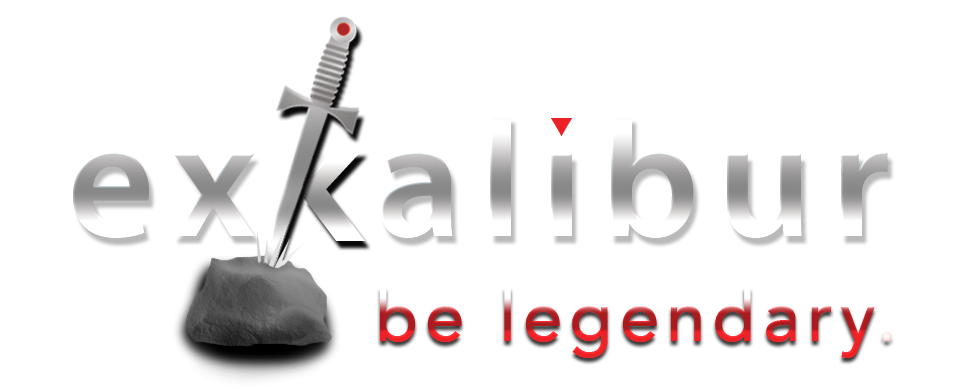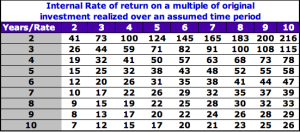What Does It Take to be a Great Leader?

Every Tuesday, we’re sharing valuable and practical leadership tips and tools to help you BE a better leader so you can BECOME a better leader. Remember … you won’t BECOME a better leader until you start BEING a better leader … implementing NOW the changes necessary to adopt the proven strategies of successful leaders. You might start by building on the communication matrix and making sure you’re defending the castle to get done what only you can do. Make sure to take some time so you’re thinking past today. Don’t forget our 12 part Leadership series and #100 of my newspaper columns.
***********************************
Why are the biggest challenges the hardest to kill?
The magical mystery tour continues with another retrospective about some of the subjects covered in my first 100 columns … seriously? … the “first 100”? (Is that a threat or a promise?)
As I considered my earlier columns, I was struck that none of these issues has really gone away. We’re continually battling the same challenges … occasionally finding temporary resolution or respite, but so often juggling so many of them that we don’t take time to resolve  any of them. Why are we stuck in that do-loop? That’s a conundrum we’ll attack in a forthcoming column.
any of them. Why are we stuck in that do-loop? That’s a conundrum we’ll attack in a forthcoming column.
“Success breeds complacency. Complacency breeds failure. Only the paranoid survive.” ~ Andrew Grove
“If you cannot get rid of the family skeleton, you may as well make it dance.” ~ George Bernard Shaw
These quotes launched a few columns about leadership succession in the wake of the sudden terminations of the Merrill Lynch and Citicorp CEOs as the mortgage portfolios held on Wall Street imploded on the eve of the Great Recession. My focus, however, was more about how these colossal organizations, so dependent upon talented, international leadership teams, did not have a management succession plan in place.
[pullquote]This is the 2nd in a series of retrospectives covering 4 years and 100+ newspaper columns.[/pullquote]To this day, it remains a constant struggle for middle market companies, which are invariably hesitant to identify the next generation of leadership … because it’s too soon, too gnarly or too controversial. That’s at the root of why so few family businesses ever make it into the third generation.
In a related column, I pointed out the results of the most recent Family Business Survey, and while lauding many of the encouraging findings, added that “the Family Business survey found fewer than half of those executives expecting to retire within the next five years have selected a successor, and it gets much worse for those expecting to retire later. It’s baffling when you discover that 86.3 percent of those same family businesses expect they will still control their businesses in five years?”
Recent research confirms that not much has changed. If you know that exit and succession events are both inevitable and imminent, have you at least started to take the necessary steps to achieve a smooth transition of leadership as well as financial independence?
“It’s all about the bucks kid, the rest is conversation.” ~ Gordon Gekko, Wall Street
Wedded to these succession struggles are the inappropriate and unfair compensation schemes that ignite powerful family emotions. What standard should be used to implement a prudent executive compensation plan? Fairness? Equity? Performance? Peer comparability?
These questions remain paramount for all businesses but for families, they’re particularly painful. Establishing a fair and prudent compensation policy that emphasizes the “business” part of the “family business” is vital to creating a balanced and objective compensation policy that will be respected by everyone.
“Teach a parrot the terms ‘supply and demand’ and you’ve got an economist.” — Thomas Carlyle
The economy is front and center today and the immutable laws of supply and demand are a foil for every job creation scheme imaginable. It’s clear to me that meaningful and lasting job creation will not occur without increasing demand. While we might be able to wring a few more efficiencies out of our businesses, financial stability will remain elusive unless we can stimulate the demand for products and services.
“When planning for a year, plant corn. When planning for a decade, plant trees. When planning for life, train and educate people.” — Chinese Proverb
When speaking about communication, I’ve traversed a lot of territory over the years, from the importance of transparency when communicating during a recession to the communication of your company’s vision and mission.
The importance of clarity and simplicity in those statements can’t be overestimated. Make sure that when your vision, mission and strategy statements are tacked to the wall, everyone recognizes it’s the company they work for … and not some anonymous entity whose identity is muddled by impersonal, verbose and grandiloquent expressions.
Until next time ….



